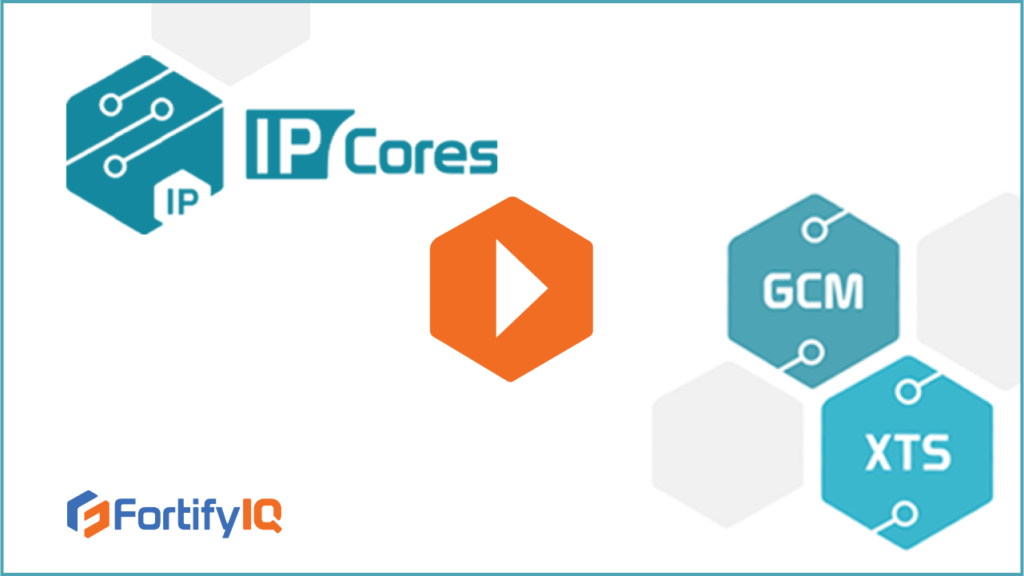
FortifyIQ has made it possible to assess and increase resistance to side-channel attacks at the pre-silicon stage. In this video, you will get a better understanding of the various tools developed for pre-silicon verification and the many professional services offered by FortifyIQ. Explore FortifyIQ’s range of protected ultra-high bandwidth AES XTS and GCM engines, as well as the protected AES IP core that’s used as the building block for the protected IP engines. Learn about the various core configurations, from cost and power-efficient cores for IoT (starting at 25K gates) to ultra-high bandwidth multiple-pipeline cores for data centers (128 Gbps per pipeline @1 GHz).